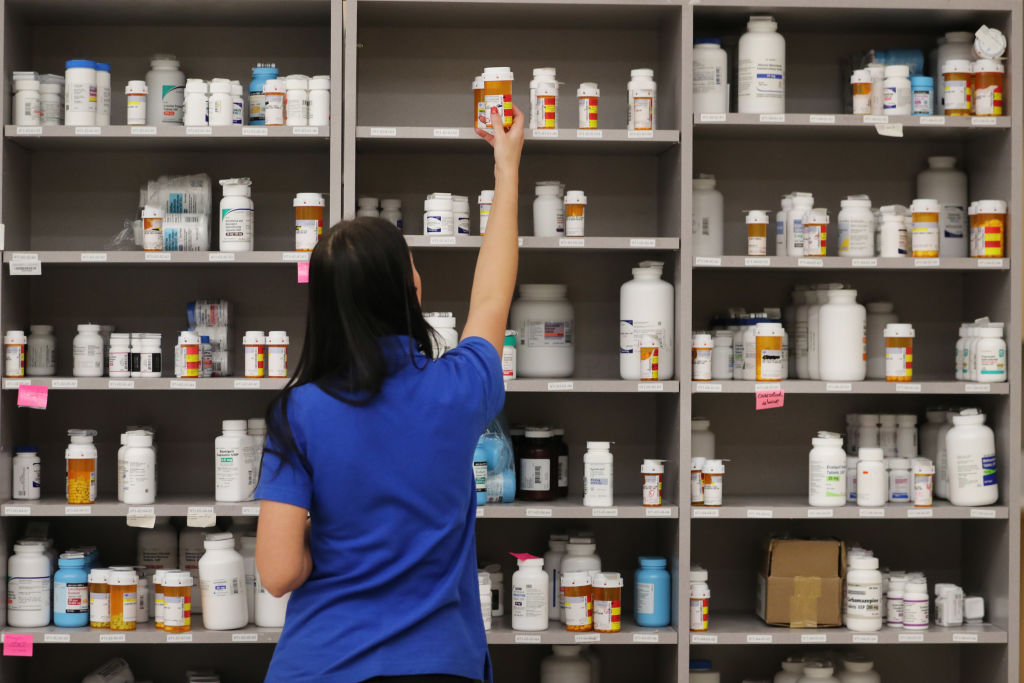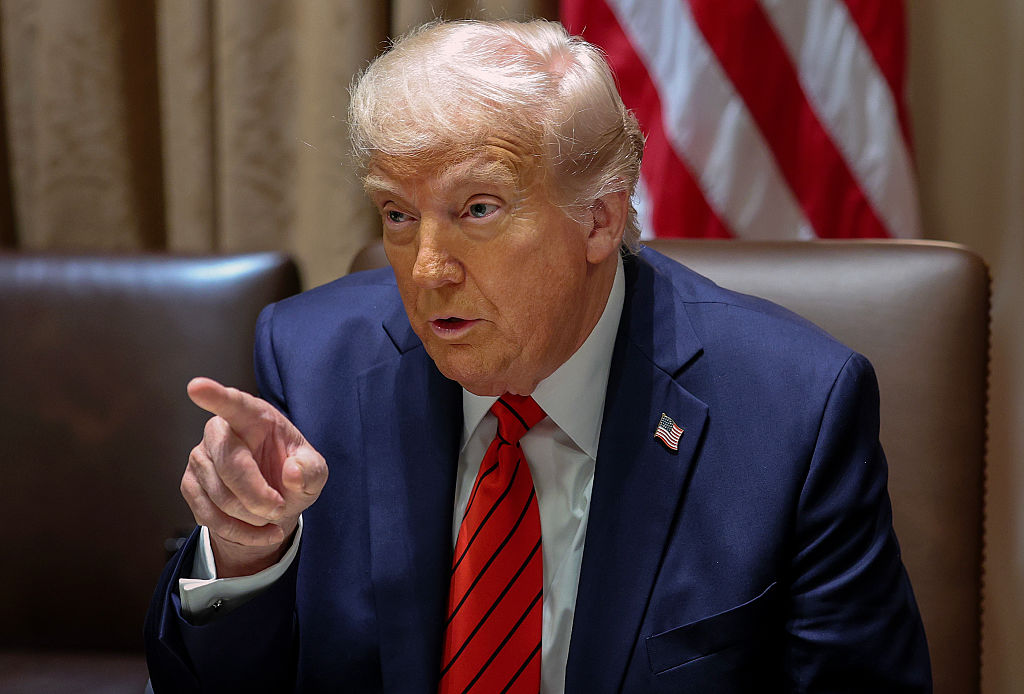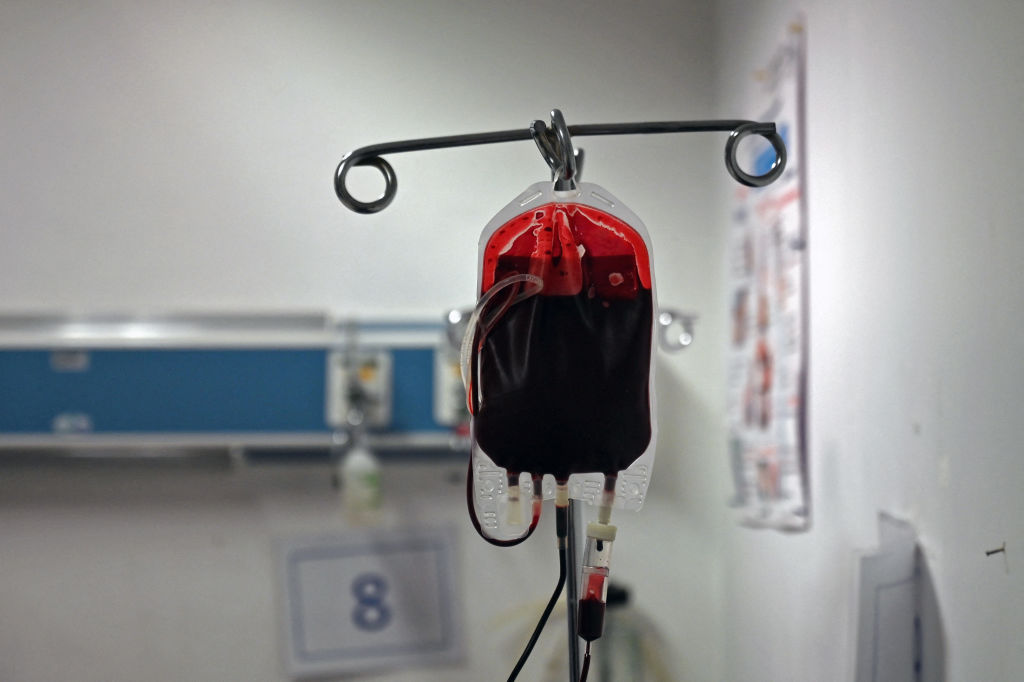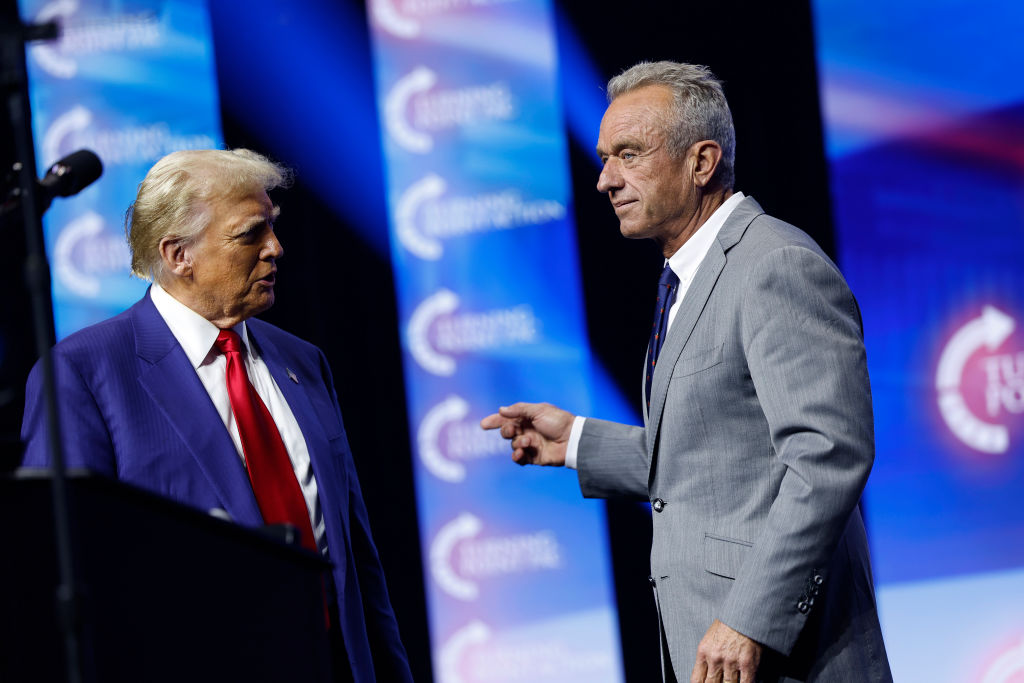In an historical crowdsourcing effort, more than 23,000 people put together more than $2.2 million in just four short days to help a little girl that very few of them even knew, so she might have a decent quality of life. Now her family can finally afford one of the world’s most expensive medicines ever, it’s perhaps now appropriate to reflect on how we got here.
At first, I assumed it was just another scam. Another email and WhatsApp message trying to raise money for a family in a difficult situation that nobody really knows, whose situation nobody could really verify, looking for a medical therapy or financial solution unlikely to actually help resolve their situation. And just like that, ignoring it allowed me to move on with the far more important task of figuring out how best to plan for Prime Day.
But when these messages kept coming from people I know who verified they personally knew the family in question, I started reading the story more carefully. Admittedly, it sounded outlandish. A young girl with a terrible genetic disease ‘absolutely needs’ some unnamed medication — only one dose of it, mind you — and her insurance won’t cover the cost. No explanation was really given, but only its price tag — a whopping $2.2 million (you read that correctly). And, as is often the case, it has to be raised this week.
This also wasn’t terribly new. Parents, facing a horrible diagnosis, will look to anything and everything that might even shed some glimmer of hope for their child. There are unscrupulous people who will sell ‘experimental’ and other sophisticated sounding therapies that aren’t proven, don’t seem to follow the patterns of known science, but are ‘guaranteed’ to show results, complete with patient testimonials. The money is always needed ‘now’ and cannot wait.
Insurance shouldn’t cover these unscientific therapies, which is what often leads people to crowdsource and fundraise for the necessary money. And let’s be real, have you ever heard of a tragic genetic condition being treated with one dose of anything? And even granting that medicine is getting more and more expensive, $2.2 million simply seems so outlandish that it must be made up.
But it’s actually not. It’s real. Very real, as the parents of Eliana Cohen know all too well. Eliana suffers from SMA type 2, a rare genetic debilitating disease, that while not fatal, causes a terrible quality of life. While children with SMA 2 can often sit independently, they are not able to stand or walk unaided and may experience ‘a tremor of the fingers, breathing issues, feeding difficulties and skeletal abnormalities (such as scoliosis and hip dislocation).’
And yet, there is actually an FDA-approved medication on the market, a new gene replacement therapy called Zolgensma. As it directly targets genes, only one dose is necessary and indeed, actually costs $2.125 million. Since the FDA only approved the drug for children under two, it turns out that Eliana really does need the funding now, since she is turning two on July 18 and she will age-out of the FDA-approved uses for the drug.
Frankly, this is just simply embarrassing. How can a company, in good conscience, charge such an astronomical sum of money for a treatment that can have such a huge impact on a child’s quality of life? But even as we live in a proudly capitalistic society and companies aren’t required to have any conscience at all, how can we as a society sit back and let such a situation develop in front of our eyes?
These are difficult questions that don’t have easy answers. Financial incentives are the drivers of business and industry. While we all share a natural desire to help people, that innate sense isn’t enough to push us to invest millions of dollars into research that may or may not produce actionable results together with hundreds and thousands of hours of manpower and energy. Medical technology is a business like many others; people strive for success so that they can reap its benefits and rewards.
And even while we might recoil slightly at that notion, we are all grateful for it. In today’s day and age, medications cannot get approved before going through a rigorous vetting and trial process. It’s not just a matter of bureaucracy, but these steps are vital to ensuring drug safety and efficacy.
All of this leads to pharmaceutical companies hesitating to enter the market for research and development of treating rare diseases. With so few potential patients (their consumer base), the profit incentives are significantly decreased, if they exist at all. To help remedy this situation, Congress passed the Orphan Drug Act that provides significant tax breaks and financial incentives for companies to develop drugs for diseases affecting fewer than 200,000 Americans annually.
But, with major advances in precision medicine and biological technologies, something has gotten skewed in the process. In 1983, Congress was hoping that because of this new program, pharmaceutical companies would consider entering the rare-disease market, since now they might be able to eke out some profit from the endeavor. And eke out they have. In the last year alone, three of these drugs (Orkambi for cystic fibrosis, Esbriet for pulmonary fibrosis, and Spinraza for spinal muscular atrophy) each generated more than $1 billion in sales. Putting it somewhat mildly, an opinion piece in the most recent NEJM too gently suggests that ‘Such cases raise the question of whether the Orphan Drug Act should be reformed to better align with patients’ needs.’
Indeed, short of these financial incentives, these drugs wouldn’t exist to even be having this discussion. But now they do exist and it’s a conversation that we must have.
As a civil society, we have a moral responsibility to take care of those who cannot take care of themselves. While the precise limits and bounds of this obligation are the subject of philosophical and political debate from time immemorial, Western society has embraced this notion. And regardless of how each person feels it should be practically implemented, there is something fundamentally wrong about watching a two-year-old live a life where she can’t stand or walk on her own because her parents aren’t among the one percent who can afford to spend more than $2 million on medicine.
But if it’s all about economics, then the best way to get the price to come down is to simply not pay it. In a capitalist society, when demand drops, the price naturally does so as well. Which is precisely what I was thinking as I read about Eliana. If enough people stand up and say ‘we won’t give in and won’t stand for this,’ then the price will eventually come down. And if we somehow manage to raise the money (which I freely admit, wasn’t sure would happen), then we are simply feeding the system and encouraging AveXis to keep their price point; after all, it’s being met.
Thankfully, that was only a fleeting thought. As I clicked the donate button and contemplated how I was contributing to the continuity of the overall problem, I, and 23,000 other people also thought about a little girl who wouldn’t have a decent life without this medication. I thought about how we as a society have failed her, if this is what it has come to. I thought about how the adults in the room have to get together and have a meaningful conversation — not the yelling over each other’s heads that has come to define modern political discourse — about how and what we are going to do to find a solution.
The challenge is actually having these discussions. Recognizing that it’s private industry that has led to many of the remarkable medical advances that today we take for granted doesn’t mean not caring about people’s real suffering. And acknowledging that we have a real responsibility to take care of the needs of those less fortunate doesn’t mean abandoning capitalism and advocating living on a commune. While it’s hard to recognize in the fog of our current political discourse and climate, there’s often a big gap between the two extremes that are most often expressed, whether it’s immigration reform, foreign aid, or climate change. In fact, more often than not, it’s somewhere in that vast area in between the two poles that most Americans find themselves.
But in the meantime, Eliana doesn’t have time to wait. 23,000 people came together to show her that we care aren’t ignoring the myriad problems that plague the current system. Until we get our acts together, Eliana will be hopefully be getting better each day.

























